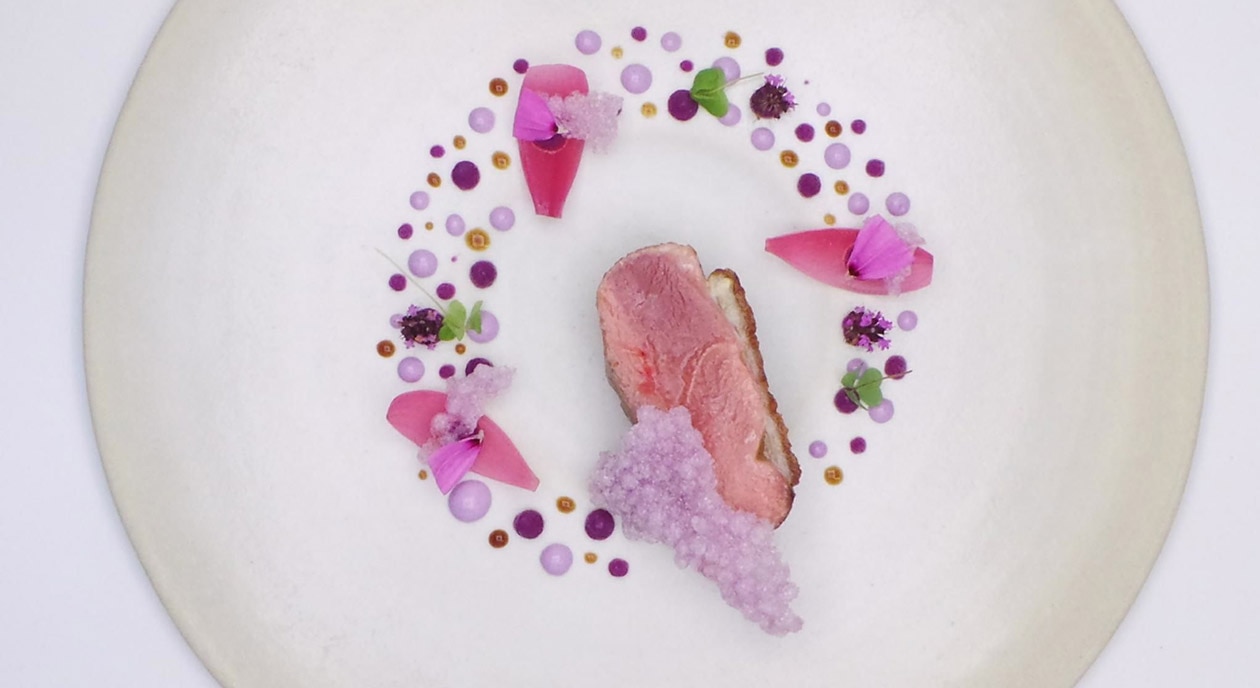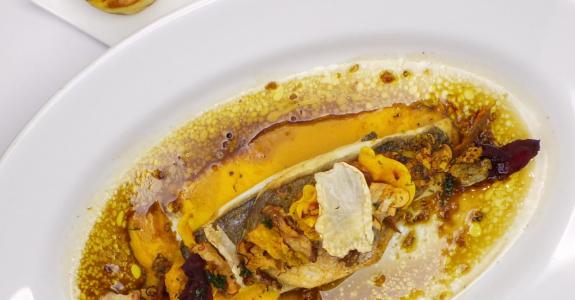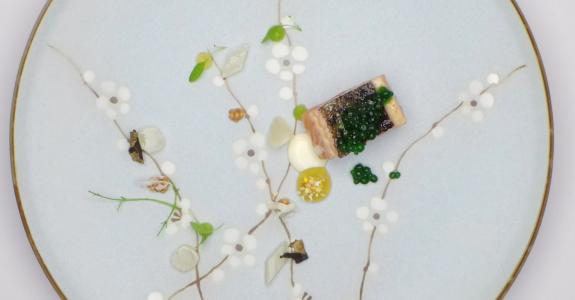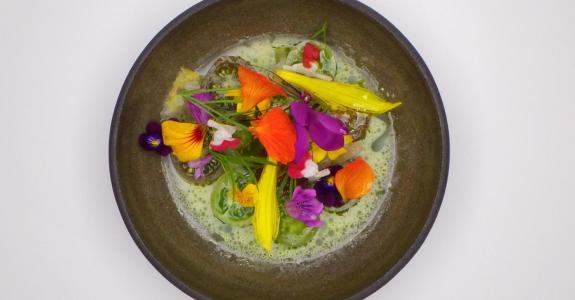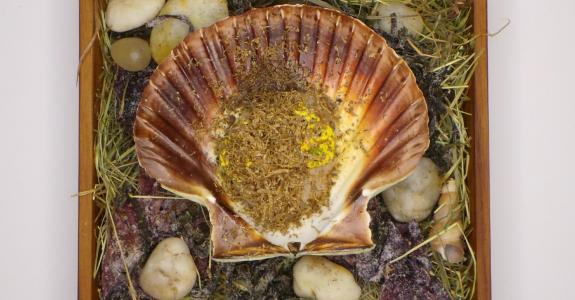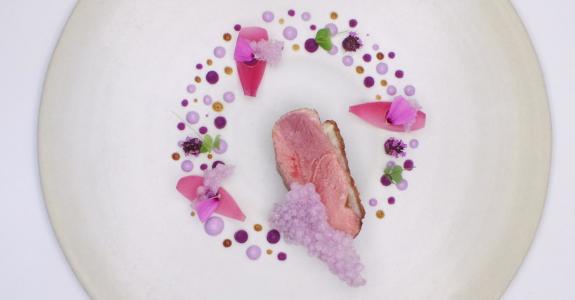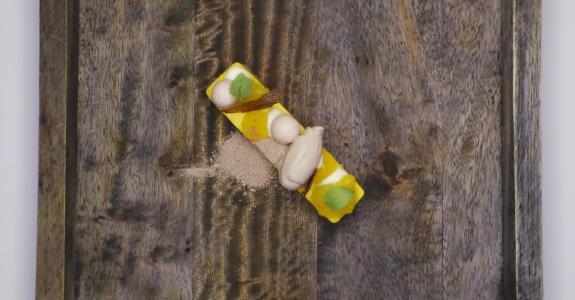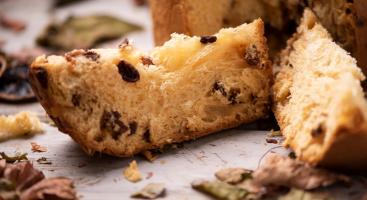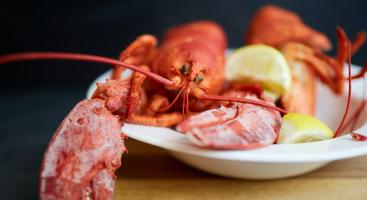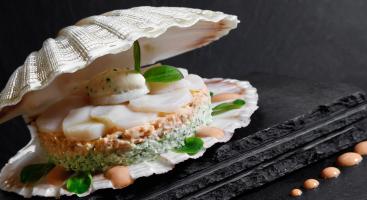It may look good, but is it?
Cooking today tends to give precedence to visuals over taste. Chefs actively encourage this tendency by publishing photographs of their creations. Whether scant or abundant, modest or flamboyant – cookery is an art form.
Aesthetics and cuisine have always shared a rich and varied history. The etymology of the French word cuisine reveals the verb cuire, the act of cooking or transforming raw food into cooked food. There is little room for the concept of beauty here. This is still very much the case with home cooking today. Everyday meals such as shepherd’s pie, beef stew or Neapolitan pizza, spaghetti or risotto, may taste good without necessarily attempting to appease the eye. Everyday cooking does not focus on appearance. So much the better, as it concentrates entirely on taste and the pleasure we get from a well-cooked and well-seasoned dish.
Eat with your eyes!
Gourmet cuisine on the other hand, soon highlighted the visual impact of a dish as a measure of excellence. From the late eighteenth century, French pastry chef Antonin Carême conjured up decorative sculptures of sweetmeats. Closer to our times, French nouvelle cuisine opted for beauty in simplicity, whereby dishes remained true to the nature of their ingredients. The visual culture of today’s social media values presentation in contemporary cuisine. Photographs of dishes can spread around the world in mere seconds, thus stimulating their purely visual consumption. Foodies may be smitten with global trends in food and cooking, yet they often relish a photo far more than the dish itself.
Chefs focus on beauty
A group of Belgians proved so enthusiastic about this tendency that in early 2014 they devised a camera specifically for chefs to take quick pictures of their latest dishes. Only months later, a series of some photographs from the database of APIC (a Belgian company) provides a snapshot of trends in contemporary cuisine. An emphasis that then begs the question, is beauty the enemy of good and tasty?
Empty or full?
Today, plates may still appear heaped to the brim. Visually speaking, this gives an impression of an inherently gourmand abundance. The gravy around the food or a touch of sauce heightens this effect. Yet such plates are a far cry from the customary aesthetic criteria as they are simply too overloaded.
Bright or muted?
Traditional cuisine often uses muted colours, similar to those found in the Flemish still-life paintings that have haunted epicureans since the seventeenth century: various shades of umber, ochre and dark red as they feature browned meat, gravies and preserves. Contemporary cuisine does quite the opposite by introducing vivid primary colours. Belgian chef Sang Hoon Degeimbre takes great pleasure in using brightly coloured flowers to enhance his dishes. The effect is quite spectacular, even if the colours are not intrinsically appetizing.
Compact or dispersed?
One final characteristic of contemporary presentation of food reveals two distinct approaches. Some chefs present plates somewhat like a painter’s palette, dispersing individual components around the plate so that each ingredient stands alone like a satellite. This encourages sequential tasting, with eaters composing their own pieces of “music” in their mouths. They can choose to alternate each mouthful with more acidic or sweet food. Chef Michel Bras inaugurated this style of presentation in 1992. The intention is almost cubist, as isolating each ingredient deconstructs reality. While the visual effect is nothing but spectacular, it renders tasting more difficult as the eater has to create his own sensory journey.
The alternative is to make a dish more compact by presenting all the components layered over one other. Here each spoonful forms a natural mouthful and eating is orchestrated by the cook‘s endeavours to recreate different variations from one mouthful to the next. This approach is closer to the traditional reality of cooking and, while it is more flavourful, it is more difficult to achieve. Beautiful and good, all in one!



